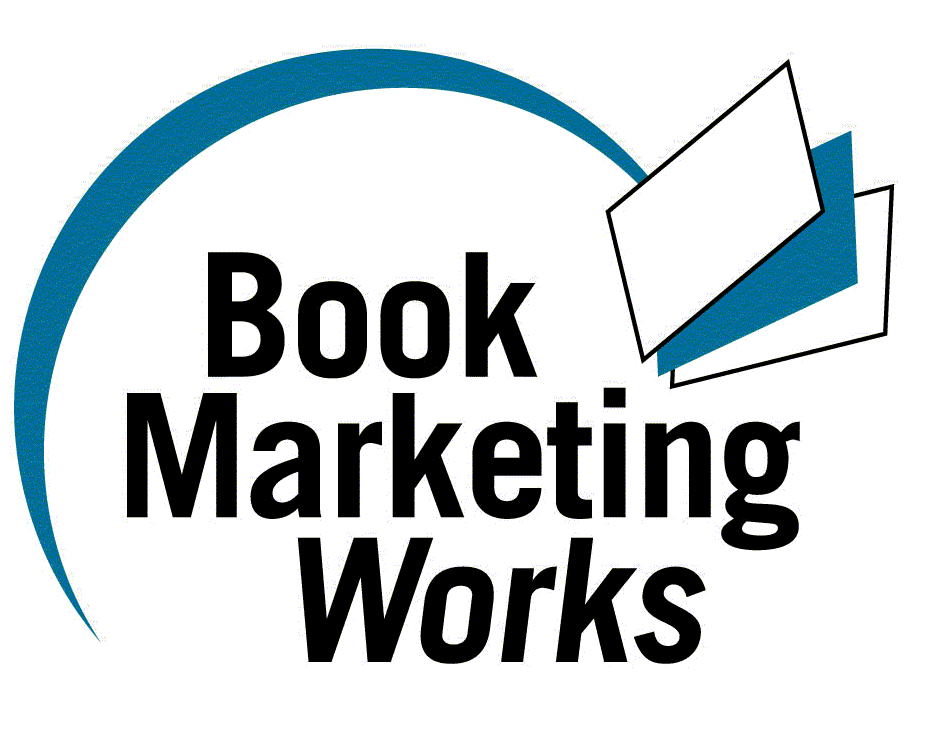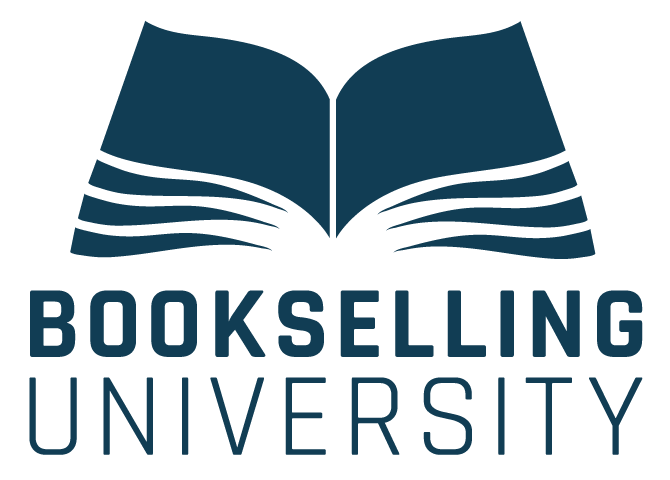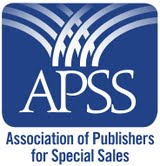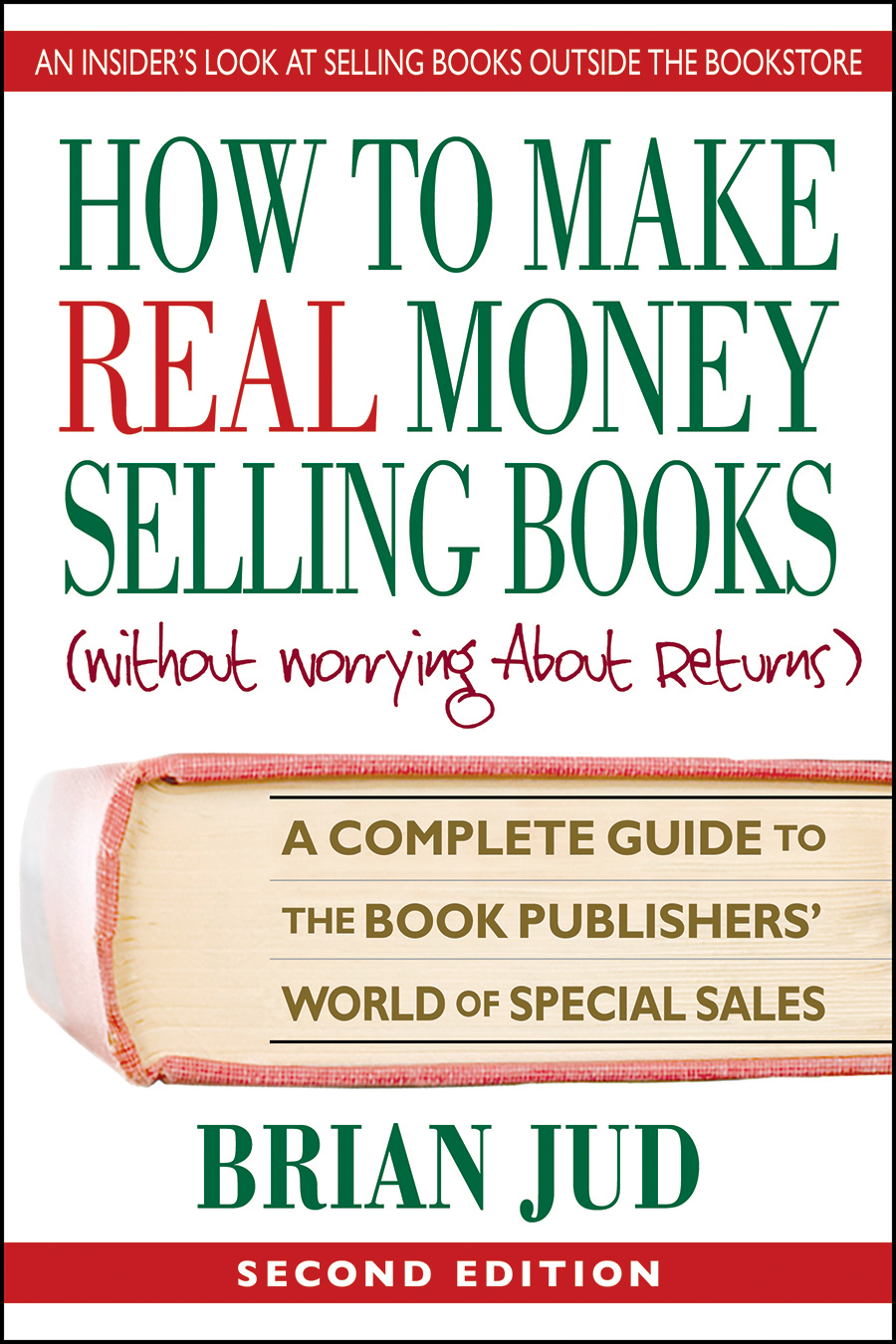A
Three-Step Program for Targeting Your Potential Customers
Brian Jud
You can sell more of your
books if you can answer two questions honestly. First, how often do people
think about your book? Second, how often do people think about their problems
and how to solve them? I think you will agree that people think more about
themselves, how they can solve their problems, learn something, improve
themselves or be entertained than they do about your book. However, if you can
show them how they can help themselves through the content of your book, you
are likely to increase your sales and revenue.
A
three-step process can help you do that. It can organize your marketing efforts
and focus them on the real reasons people purchase anything – to benefit
themselves. And it provides a means for demonstrating to your audience the
reasons why they should buy your book
Step One: Define your
target reader. When asked who their
target reader is, many authors reply, “I don’t know,” or “everybody who likes”
their topic. Either answer can lead to problems. If your book is for everybody,
how much could it cost you to reach them repetitively, if you could find a way
to do so?
Consider Gloria Boileau’s
title, Stop The Fear! Finding Peace in a Chaotic World, a book on ways
to resolve fear. Everyone is afraid of something, at some level, but how can
you tell “everyone” about your book and how it will help them? One way is to
segment your target readers in categories, as described in my article Boost
Your Bottom Line with Segmentation in the (Month) issue of the Independent.
Using these techniques, Gloria might address the people who are afraid of
flying, dying, being in a relationship, among other fears.
But you are marketing to
people, not to segments, so who is the typical person in each segment who will
actually purchase your book? If you can describe that individual and the
problems that consume him or her, you can communicate the ways in which the
content of your book can help them.
Continuing with the title Stop
The Fear!, what if “soccer moms” were singled out as a target segment?
These mothers might be fearful for the safety, health and future of their
children. In this case, define the typical “mom” who will benefit by reading
your book, in terms of age, education, life style and geography. Answer the
following questions about the demographics of the target reader in each group,
and then create a composite of the person to whom you will market.
What
is her average level of education?
About
how old is she?
How
much money does she make?
To
what ethnic or religious groups does she belong?
In
what leisure activities do she participate or watch?
What
magazines and newspapers does she read?
In
what current events or issues is she most interested?
Is
there a particular life event they are facing (e.g., divorce, retirement,
childbirth)?
What
makes her happy? Unhappy?
What
are her problems or ponderous issues?
What
organizations or associations does she join?
To
what radio and television shows does she listen/watch?
Are
there geographic concentrations of prospects?
How
can you reach her?
The same concept applies to
selling to special markets. Here, you should define the target industry,
company, its products and person making or influencing the purchasing decision.
Find out what problems the buyers (usually Product or Brand Managers) might
experience selling their products, and how your content might help increase
their companies’ revenue if used as a premium, gift or employee motivator.
Step Two: Create a PAR™ analysis.
A PAR analysis is a brief description of the Problems relevant to your
target readers, the Actions they can take to rectify their situations
and the Results they can expect.
Use your research from Step
One to list the problems facing your target prospects. For each problem (issue,
situation, circumstance) facing them, think about how your content will show
them how to take some action to resolve it. Then describe the results the
reader can expect after taking that action. The outline looks like this:
Problem Action Results
1)
2)
3)
4)
The key is the Results
column. This is the benefit that people get from reading your book. Rank these
in order of importance to the reader, then communicate them in your publicity,
advertising, sales promotion, personal selling, on your website and on your
book’s rear cover. For example, let’s assume you are selling a book about how
to get a job. Here is how the PAR analysis might unfold.
|
Problem |
Action |
Result |
|
‘When do I use a functional resume or a chronological
resume?” |
Book has a checklist so the reader can decide exactly when
each should be used |
Reader is more likely to use the best tool at the right
time and get a job more quickly |
|
”What questions should I ask an interviewer?” |
Book includes a list of sample questions to ask the
interviewer |
Reader is more likely to make a good impression and get a
job offer faster |
|
“How do I write a cover letter,
narrowcast letter and thank you note?” |
A formula used by advertising copywriters shows you how to
write a variety of written job-search letters |
Reader is more likely to write a persuasive letter that
will enhance his or her chances of getting a job more quickly |
Step Three: Use your PAR
statements to develop a Benefit Statement. It is important to quickly and briefly tell potential readers how they
will benefit by reading your book. There is a formula for writing your Benefit
Statement in one-sentence that will describe the results target readers can
expect to receive:
I help ------ (your target
audience)
Who want ------ (problem
they want to solve)
Get________ (results they
want)
Using the PAR analysis
above, your Benefit Statement for the job-search book might read:
“I help unemployed people
who want practical answers to questions about finding a job, discover effective
job-search techniques and get the best job quickly.”
Keep this statement in mind
as you create your promotional material. Say it when people ask you what your
book is about. Recite it on the air when the host asks you to briefly describe
your book.
Another Practical use of
a Benefit Statement
Your Benefit Statement is
also useful in your telemarketing activities. When you call someone, one of two
things will occur. The person will answer the phone or you will be transferred to
voice mail.
In either case you must get
the person’s attention and give a reason why he or she should listen to what
you have to say. If a human answers, lead with your Benefit Statement and then
ask if the person has time now to learn more. If you are transferred into voice
mail, you must leave a pithy, provocative, benefit-laden message giving the
person a reason to call you back. A sample format is:
1) Name and intro
2) Benefit Statement
3) Request for a return call
4) Contact information
5) A good time to call you
6) Thank you, Close
People buy for their
reasons, not yours. These three steps can help you focus your attention where
it belongs: on the needs of your prospects. Describe your target readers,
conduct a PAR™ analysis, and write
Benefit Statements for the typical prospects in each of your target segments
and you should sell more books, more profitably.
Brian Jud
is host of the National Special Sales Summit™ sponsored by Simon & Schuster, Publishers
Weekly and R. R. Bowker. Brian also conducts Book Marketing Monthly™ teleseminars. He is the author of Beyond
the Bookstore (a Publishers Weekly book) and The Marketing
Planning CD-ROM describing new ways to sell more books profitably to
special-sales buyers. Contact Brian at





